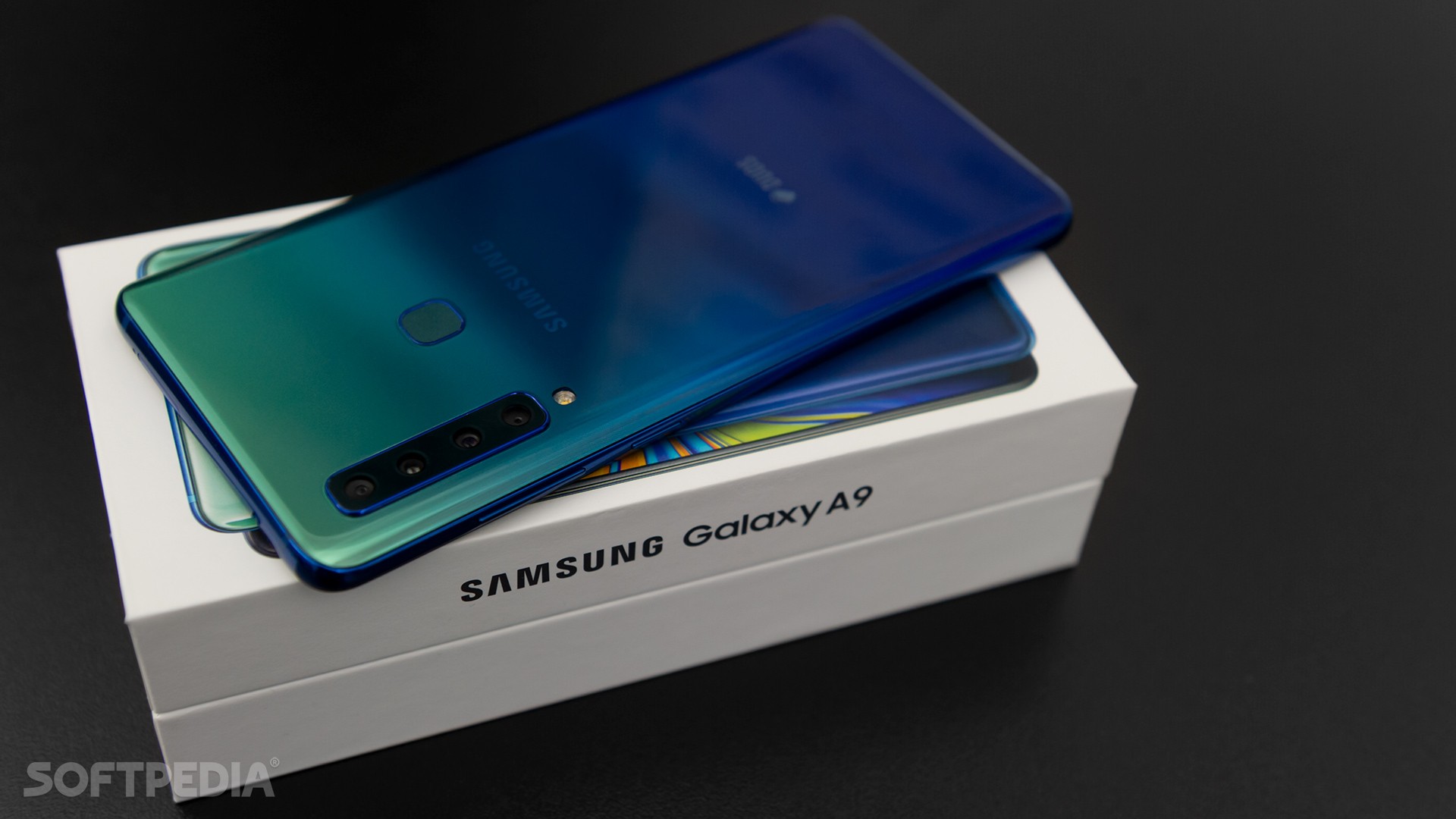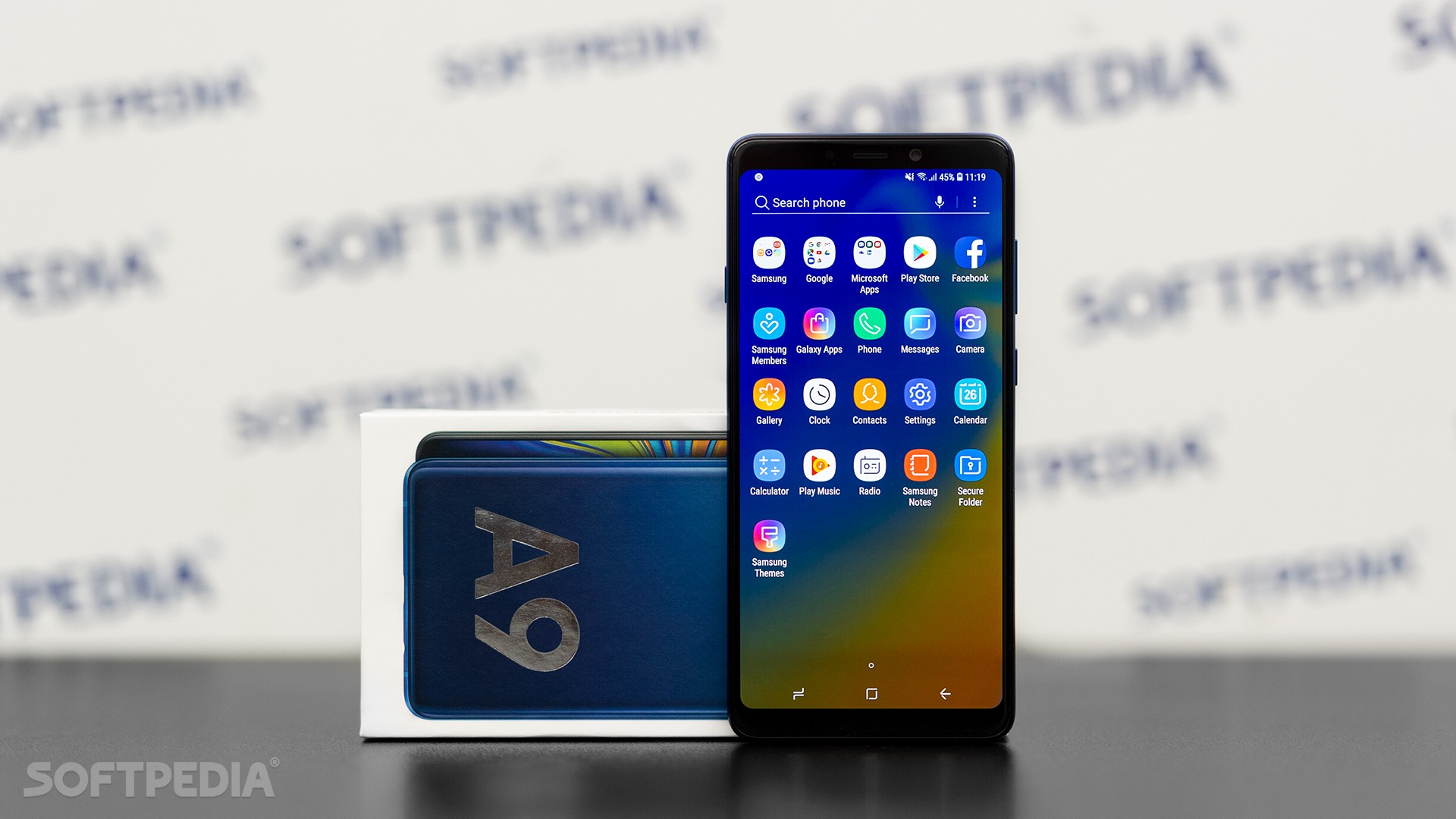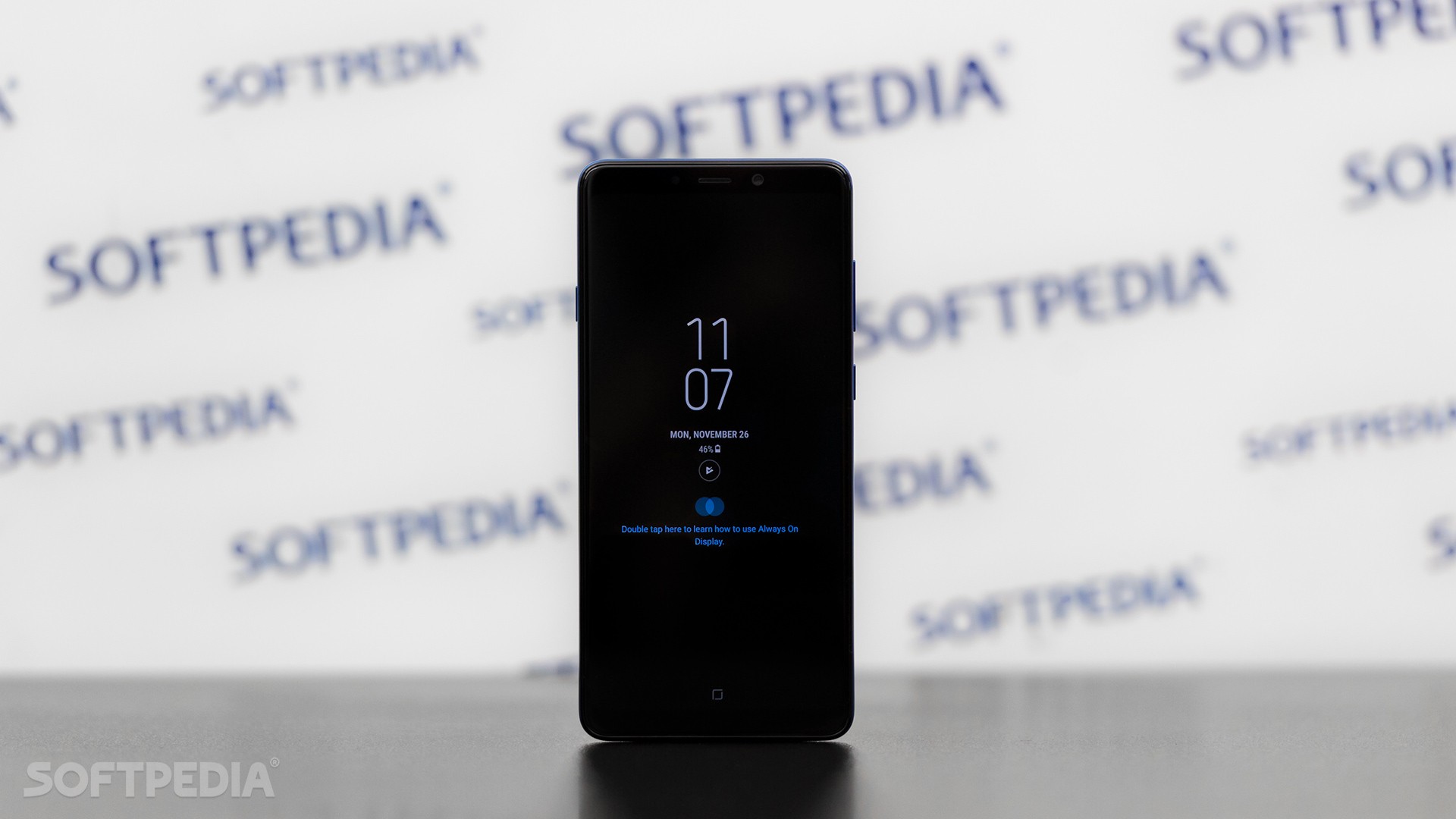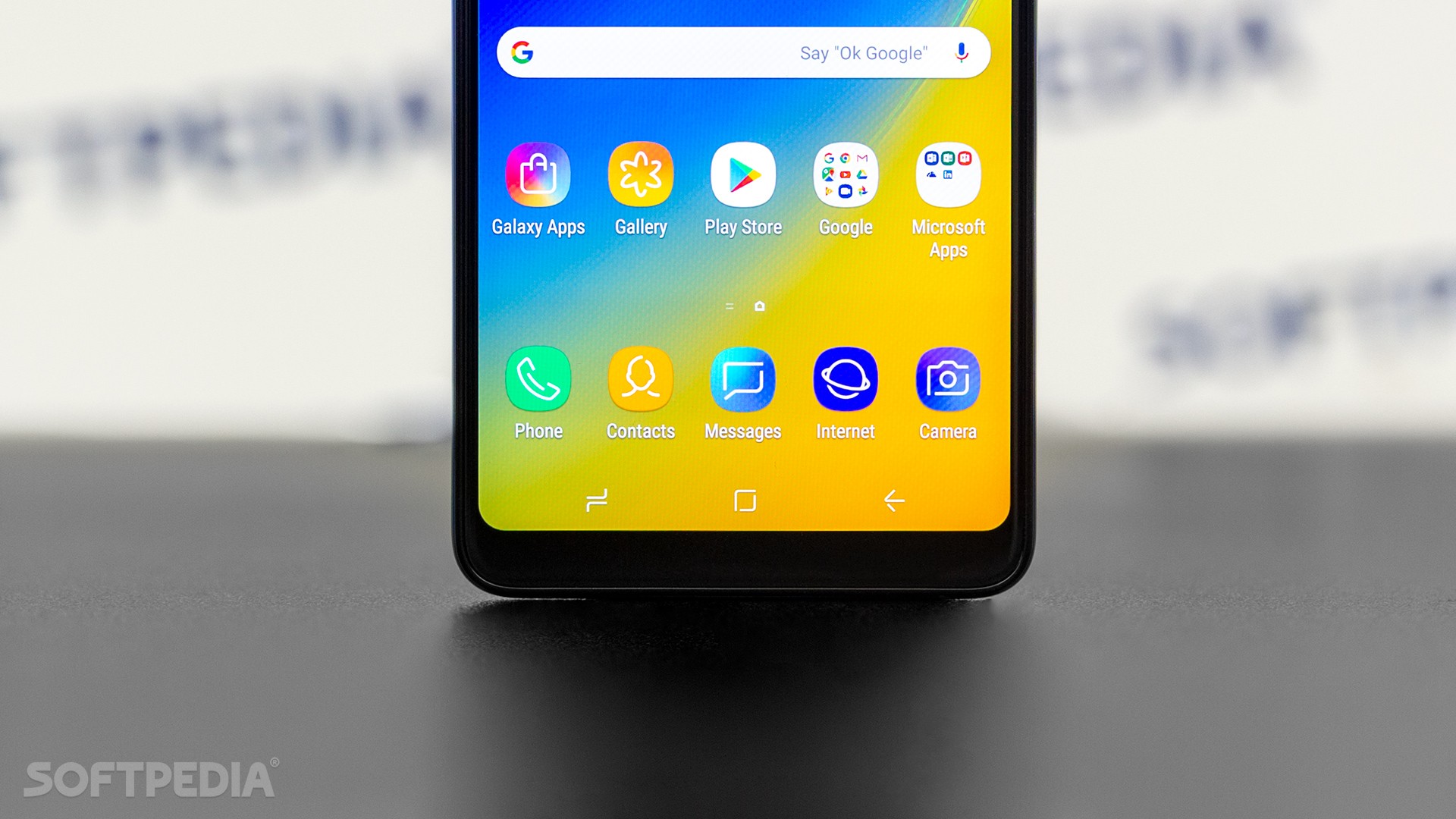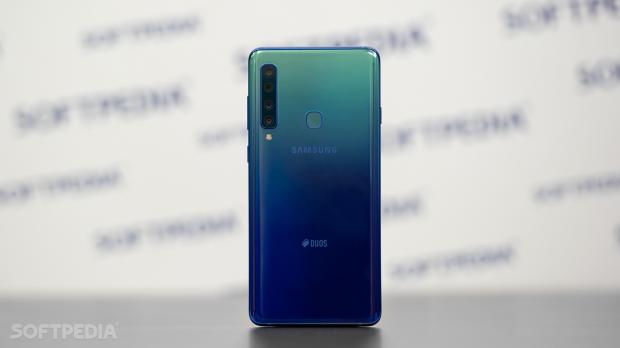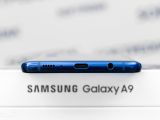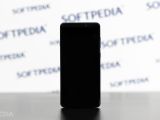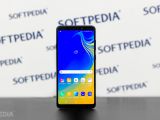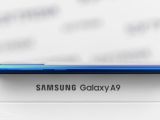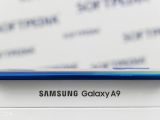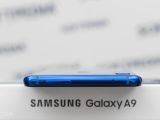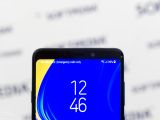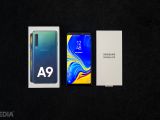Samsung and Apple often fight for the title of the world’s mobile phone pioneer, as the latest iPhone and Galaxy S models typically come with innovations and new features that are later embraced by the rest of the world too.
This is a strategy that certainly makes sense. Since both of them are high-end devices, Samsung and Apple want these phones to feature the best of the best, but at the same time, to also introduce new functionality that isn’t available elsewhere.
Until now, the approach has worked. But lately, Samsung appears to be looking into a different idea that’s gaining more traction in the last couple of years.
Mid-range models have more or less turned into Samsung’s testing platforms, as the company brings new features on these devices first before actually launching them across the rest of the lineup.
The Galaxy A9, for instance, has officially become the pioneer of four different cameras on the back, and it’s believed that this is a setup which Samsung has in mind for the more expensive Galaxy S10 too.
With the S10 due in early 2019, the A9 may play the role of a lineup whose objective is to collect feedback and help Samsung test an upgraded camera system globally. However, recent speculation has indicated that the top-of-the-range S10 would only feature a triple-camera system on the back.
The A9 itself isn’t supposed to be a high-end model, but the four-camera configuration brings it closer to one. And this isn’t the only thing that makes the A9 feel more like Samsung’s top-of-the-line product.
And today, we’re here to discuss this phone in detail, starting with the design.
Samsung's new A9 is impressive, to say the least. It looks modern and exquisite, but after testing out the company’s latest smartphones, this is no longer a surprise.
The South Korean firm has improved a lot in terms of build quality. If until now many described Apple as the absolute leader when it comes to design, build quality, and materials used on devices, I think that both Samsung and Huawei have gotten pretty close and their phones are totally impressive these days.
Living proof is Samsung’s Galaxy A7 (2018), which despite being a mid-ranger, it looks more like a premium phone.
The same thing for the new A9. Glass is used front and back, and when mixed with the stainless steel frame, it gives a very compact and solid feel in hand. And what’s more impressive is that we’re talking about a pretty gigantic phone here.
The 6.3-inch display is larger than you’d normally expect, but thanks to Samsung’s improved design language, it boasts a screen-to-body ratio of 80.5 percent. Bezels are pretty small on the sides, though they can still be noticed at the top and bottom. However, the internals take quite a lot of space, as we’re not yet in the place where Samsung can embed everything into the glass.
This is expected to evolve with the release of the Galaxy S10, when the front-facing camera will be integrated into the glass with what is being called the Infinity O display.
Despite the smaller bezels, there are times when it just feels like Samsung could have done more. At 162.5 x 77 x 7.8 mm (6.40 x 3.03 x 0.31 in), it’s actually larger than the iPhone XS Max - 157.5 x 77.4 x 7.7 mm (6.20 x 3.05 x 0.30 in), despite having a smaller screen – 6.3-inch versus 6.5-inch.
However, with a weight of 183 grams, the A9 is actually lighter than the iPhone XS Max, which tips the scales at no less than 208 grams.
Nevertheless, comparing the two doesn’t make much sense in any other area, as Apple’s product was designed from the very beginning to be a flagship. Plus, it costs nearly three times more than Samsung’s mid-ranger.
The Super AMOLED screen is just like you’d expect it to be given it’s made by Samsung Display. As a side note, the iPhone X OLED panel was also built by Samsung Display, so it’s no surprise that Samsung’s own phones also come with such high-quality screens. Software optimizations and extra features like Apple’s TrueTone are what turns a great display into a perfect one. And for now, Samsung still needs to learn a thing or two about these optimizations.
Getting back to the A9, there’s no notch, and that’s quite a good thing. The screen features an 18.5:9 screen ratio and a resolution of 1080x2220 pixels with 392 ppi density. This resolution has become very common these days on phones with and without notches, and Samsung uses it especially on mid-rangers.
The hardware section is where it becomes more obvious the phone isn’t supposed to be a flagship.
First and foremost, it features a Snapdragon 660 processor, which isn’t by any means supposed to be used on high-end devices. Paired with a maximum of 8GB RAM, this chip is surprisingly well optimized, and it rarely shows its limits if you’re not asking for too much.
Qualcomm’s CPU allows the typical activities with a very small impact on performance and battery life, and it even supports playing the latest games with somewhat longer loading times and occasional slowdowns. It may get a bit warmer when playing games, but it’s certainly worth it. With such a large screen, graphics look pretty good, but I often felt the need for high-quality audio too.
As far as storage is concerned, there’s just one option with 128GB, but microSD card support is also offered for an upgrade of up to 512GB.
A headphone jack is also offered, and that’s a big plus given the lack of stereo sound, and so is the typical feature lineup that includes Wi-Fi, Bluetooth 5.0, NFC, and a fingerprint sensor placed on the back and coming with a clear cutout that means you won’t have to look for it for too much.
While the hardware may not be impressive, the star of the show is definitely the camera system.
As the world’s first quad camera phone, the A9 is supposed to provide you with the full arsenal to take stunning photos. The configuration you get is the following:
| One ultra-wide sensor with 120 degrees field of view, 8 megapixels, f2.4 One telephoto sensor with 10 megapixels, 2x optical zoom, f2.4 One main sensor with 24 megapixels, f1.7 One depth sensor with 5 megapixels, f2.2 |
Also, you get a flaw detection feature to help you take the perfect shot, and it can detect eye blink, facial blur, and backlit settings. However, it’s important to know there are several factors that impact how effective these features are, and blink and blur detection, for instance, work best when there are three or fewer people in the frame and they are 1.5 meters or closer to the camera.
Getting back to the technical details, it’s not difficult to figure out that you’re going to use the main camera most of the time. This provides above-the-average results, an in typical Samsung fashion, photos are generally good, but with occasional blunders like improperly adjusted white balance and over-saturation. Colors look very vivid on the screen of the phone thanks to Samsung’s display optimizations, so you should switch to the basic mode to see the more natural version of your shots.
The depth camera is responsible for adding the blur effect (described by Apple as bokeh), and in most of the photos, it’s correctly applied. Obviously, there are cases when small parts of the subjects are covered with the blur effect, and I noticed this typically happens when taking photos of fluffy animals, where this behavior is more or less something to be expected.
Nevertheless, the four-camera configuration provides pretty good results, and after trying it out several days in a row, it became very clear that the whole phone was built around the camera. The A9 is all about the camera, and this makes me think that what I said earlier is true: Samsung just wants to pave the way for the same camera configuration be used elsewhere, and the A9 is the first model to bring it to the market to test the public reception.



As compared to the A7 2018, which is a more affordable mid-ranger, the A9 comes with no compromises in the battery department. And it couldn’t even afford to, as the 6.3-inch display calls for a larger battery that can provide at least one full day per charge.
As expected, the 3,800 mAh unit does help you get through the day, and this time you also get fast charging with USB Type-C support. After reviewing the A7 with an outdated micro USB port, it’s certainly relieving to return to Type-C.
In addition to the fingerprint sensor mentioned above, the A9 also boasts Samsung’s face recognition system available on the more expensive S9 and Note 9. But as it’s the case with these two models, it’s not a completely unbreakable system, as unlike Apple, Samsung does not use 3D sensing cameras for face mapping and unlocking the device.
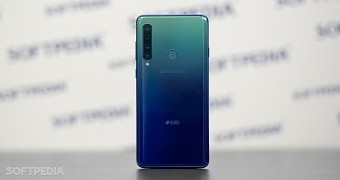
 14 DAY TRIAL //
14 DAY TRIAL // 